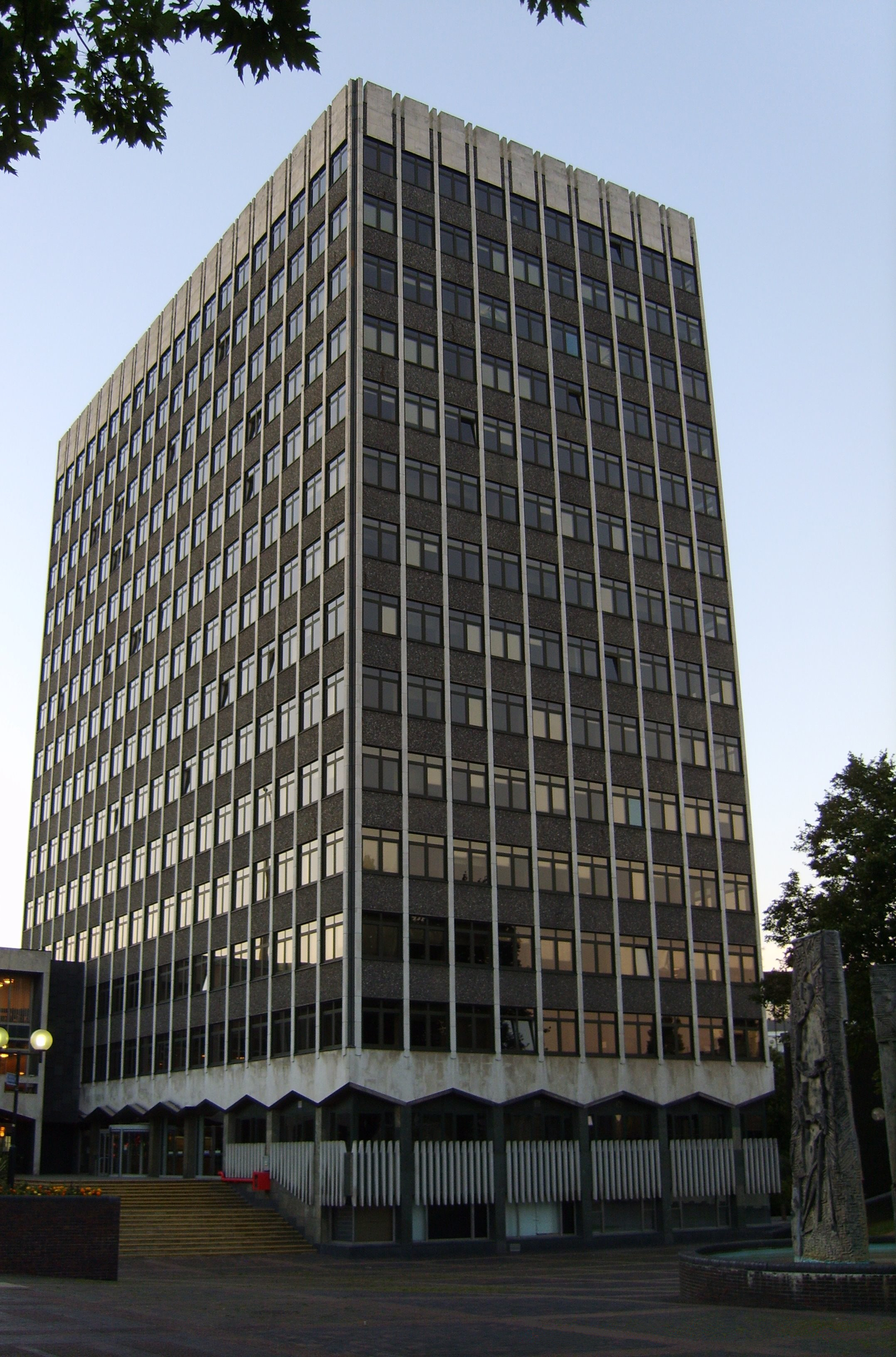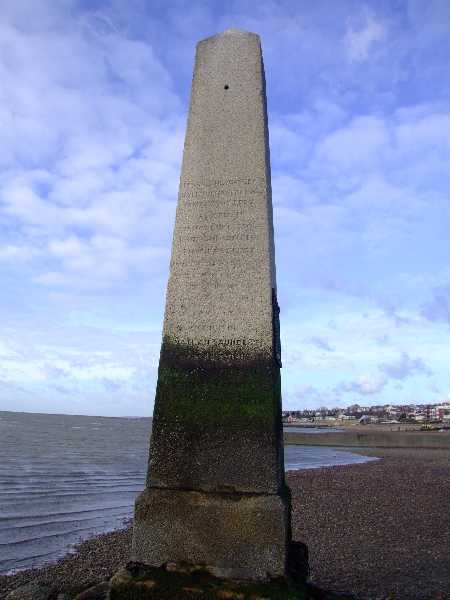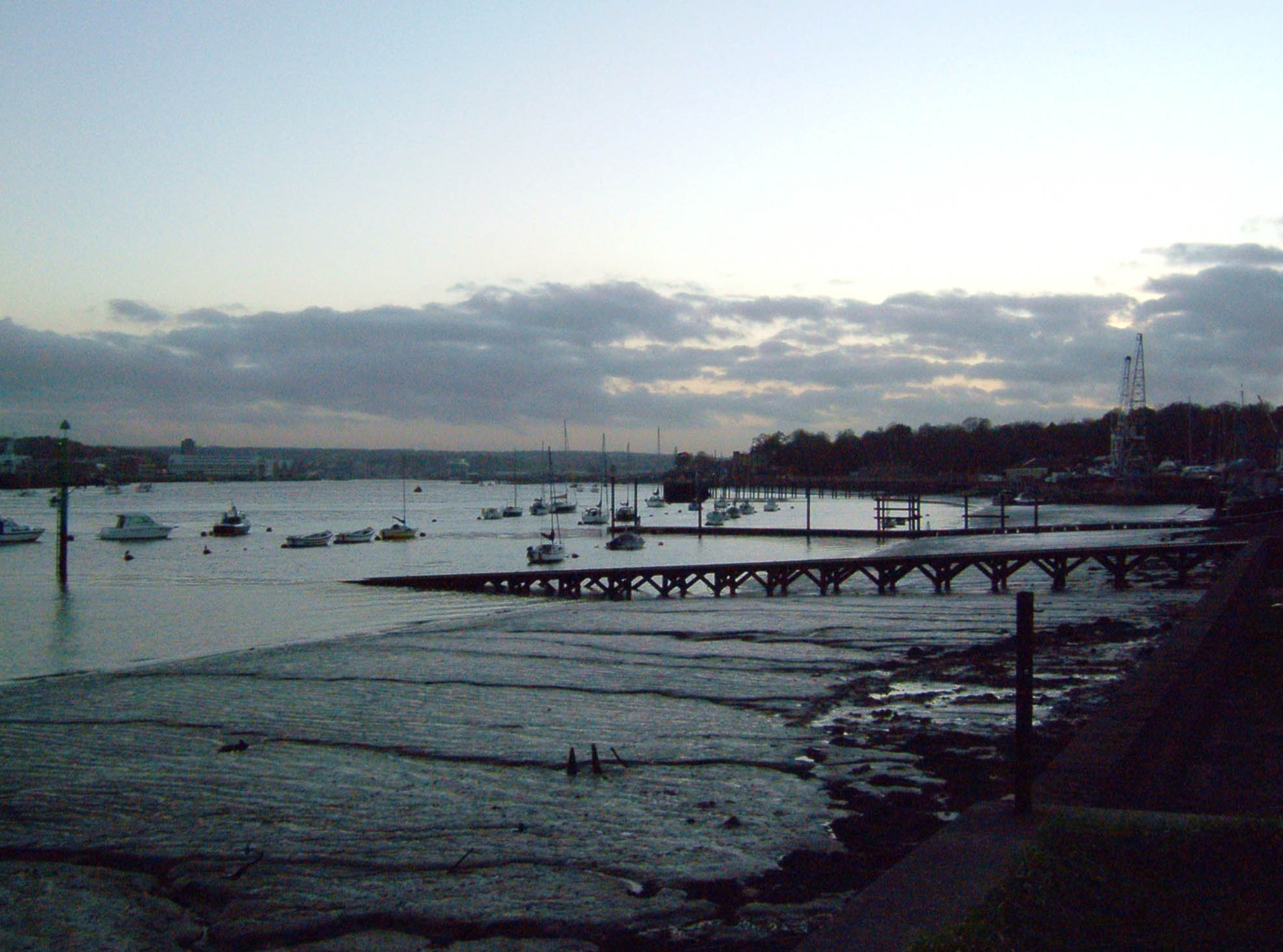|
Port Of London Authority
The Port of London Authority (PLA) is a self-funding public trust established on 31 March 1909 in accordance with the Port of London Act 1908 to govern the Port of London. Its responsibility extends over the Tideway of the River Thames and its continuation (the Kent/Essex strait). It maintains and supervises navigation, and protects the river's environment. The PLA originally operated all enclosed dock systems on the river (except the Regent's Canal Dock), but these have long been closed to commercial traffic, with the exception of Port of Tilbury, which was privatised in 1992. It inherited the private police forces of the companies which had previously run the docks, reorganising them into a single Port of London Authority Police. Finance The PLA receives no funding from the government and is entirely self-financing. Revenues are raised from conservancy charges on vessels and cargo, pilotage charges, annual port dues, hydrographic services, river works licence fees and ... [...More Info...] [...Related Items...] OR: [Wikipedia] [Google] [Baidu] |
Thames Conservancy
The Thames Conservancy (formally the Conservators of the River Thames) was a body responsible for the management of the that river in England. It was founded in 1857 to replace the jurisdiction of the City of London up to Staines. Nine years later it took on the whole river from Cricklade in Wiltshire to the sea at Yantlet Creek on the Isle of Grain. Its territory was reduced when the Tideway (upper and lower estuary) was transferred to the Port of London Authority in 1909. In 1974 the conservancy was taken into the Thames Water Authority, later to devolve to the Environment Agency in almost all respects. History Background The stretch of river between the town of Staines, just to the west of London, and Yantlet Creek had been claimed by the City of London since 1197 under a charter of Richard the Lionheart. The jurisdiction was marked by the London Stones. In 1771 the Thames Navigation Commission was established from a body created twenty years earlier to handle ... [...More Info...] [...Related Items...] OR: [Wikipedia] [Google] [Baidu] |
Privatization
Privatization (also privatisation in British English) can mean several different things, most commonly referring to moving something from the public sector into the private sector. It is also sometimes used as a synonym for deregulation when a heavily regulated private company or industry becomes less regulated. Government functions and services may also be privatised (which may also be known as "franchising" or "out-sourcing"); in this case, private entities are tasked with the implementation of government programs or performance of government services that had previously been the purview of state-run agencies. Some examples include revenue collection, law enforcement, water supply, and prison management. Another definition is that privatization is the sale of a state-owned enterprise or municipally owned corporation to private investors; in this case shares may be traded in the public market for the first time, or for the first time since an enterprise's previous nation ... [...More Info...] [...Related Items...] OR: [Wikipedia] [Google] [Baidu] |
Isle Of Grain
Isle of Grain (Old English ''Greon'', meaning gravel) is a village and the easternmost point of the Hoo Peninsula within the district of Medway in Kent, south-east England. No longer an island and now forming part of the peninsula, the area is almost all marshland and is a major habitat for diverse wetland birds. The village constitutes a civil parish, which at the 2011 census had a population of 1,648, a net decrease of 83 people in 10 years. History Extract from the ''Topographical Dictionary of Great Britain and Ireland'' by John Gorton, 1833: "GRAINE, ISLE OF, co. Kent'' "A parish in the Hundred of Hoo, lathe of Aylesford, opposite to Sheppey at the mouth of the Thames; it is about three miles and a half long, and two and a half broad and is formed by Yantlet Creek running from the Medway to the Thames. The Creek was filled up, and had a road across it for 40 years until 1823, when the Lord Mayor ordered it to be again reopened, so as to give about eight feet n ... [...More Info...] [...Related Items...] OR: [Wikipedia] [Google] [Baidu] |
Southend-on-Sea
Southend-on-Sea (), commonly referred to as Southend (), is a coastal city and unitary authorities of England, unitary authority area with Borough status in the United Kingdom, borough status in southeastern Essex, England. It lies on the north side of the Thames Estuary, east of central London. It is bordered to the north by Rochford (district), Rochford and to the west by Castle Point. It is home to the longest pleasure pier in the world, Southend Pier. London Southend Airport is located north of the city centre. Southend-on-Sea originally consisted of a few poor fishermen's huts and farms at the southern end of the village of Prittlewell. In the 1790s, the first buildings around what was to become the High Street of Southend were completed. In the 19th century, Southend's status of a seaside resort grew after a visit from Princess Caroline of Brunswick, and Southend Pier was constructed. From the 1960s onwards, the city declined as a holiday destination. Southend redeveloped ... [...More Info...] [...Related Items...] OR: [Wikipedia] [Google] [Baidu] |
London Stone (riparian)
London Stone is the name given to a number of boundary stones that stand beside the rivers Thames and Medway, which formerly marked the limits of jurisdiction ( riparian water rights) of the City of London. History Until 1350, the English Crown held the right to fish the rivers of England and charged duties on those people it licensed to fish. In 1197 King Richard I, in need of money to finance his involvement in the Third Crusade, sold the rights over the lower reaches of the River Thames to the City of London. Marker stones were erected to indicate the limit of the City's rights. In Victorian times, the Lord Mayor would come in procession by water and touch the Staines stone with a sword to re-affirm the City's rights. Control of the river passed from the City to the Thames Conservancy, and then below Teddington to the Port of London Authority and above it to Thames Water Authority and finally the Environment Agency. Staines In medieval times before the canalisation ... [...More Info...] [...Related Items...] OR: [Wikipedia] [Google] [Baidu] |
Crown Lands Act 1702
The Crown Lands Act 1702 (1 Ann c 1) is an Act of the Parliament of England, originally entitled ''An Act for the better Support of Her Majesties Houshold and of the Honour and Dignity of the Crown''. The Act was still partly in force in Great Britain at the end of 2010.The Chronological Table of the Statutes, 1235 - 2010. The Stationery Office. 2011. . Part I. Page 75, read with pages viii and x. Sections 1 to 4 were repealed by the Statute Law Revision Act 1867. Sections 6 and 8 were repealed by Schedule 1 to the Statute Law Revision Act 1948. In the Republic of Ireland this Act was repealed by section2(1)anof, anof Schedule 2 to, the Statute Law Revision Act 2007. See also * Crown Lands Act References *Halsbury's Statutes ''Halsbury's Statutes of England and Wales'' (commonly referred to as ''Halsbury's Statutes'') provides updated texts of every Public General Act of the Parliament of the United Kingdom, Measure of the Welsh Assembly, or Church of England Mea ..., ... [...More Info...] [...Related Items...] OR: [Wikipedia] [Google] [Baidu] |
City Of London
The City of London is a city, ceremonial county and local government district that contains the historic centre and constitutes, alongside Canary Wharf, the primary central business district (CBD) of London. It constituted most of London from its settlement by the Romans in the 1st century AD to the Middle Ages, but the modern area named London has since grown far beyond the City of London boundary. The City is now only a small part of the metropolis of Greater London, though it remains a notable part of central London. Administratively, the City of London is not one of the London boroughs, a status reserved for the other 32 districts (including Greater London's only other city, the City of Westminster). It is also a separate ceremonial county, being an enclave surrounded by Greater London, and is the smallest ceremonial county in the United Kingdom. The City of London is widely referred to simply as the City (differentiated from the phrase "the city of London" by capita ... [...More Info...] [...Related Items...] OR: [Wikipedia] [Google] [Baidu] |
The Swale
The Swale is a tidal channel of the Thames estuary that separates the Isle of Sheppey from the rest of Kent. On its banks is a biological Site of Special Scientific Interest which stretches from Sittingbourne to Whitstable in Kent. It is also a Ramsar internationally important wetland site and a Special Protection Area under the European Union Directive on the Conservation of Wild Birds. Parts of it are a Nature Conservation Review site, Grade I, National Nature Reserves, a Kent Wildlife Trust nature reserve and a Local Nature Reserve. History The name "Swale" is Old English in origin, and is believed to mean "swirling, rushing river", or "rushing water". Peri-glacial period At these times the Swale was a gully from what had been a sea channel in very warm periods. Namely before the Strait of Dover had swept away so much swampy land, accentuated by sea levels being lower, even to beyond the end of the ice age, i.e. in the mid seventh millennium BC, the coasts of ... [...More Info...] [...Related Items...] OR: [Wikipedia] [Google] [Baidu] |
River Medway
The River Medway is a river in South East England. It rises in the High Weald, East Sussex and flows through Tonbridge, Maidstone and the Medway conurbation in Kent, before emptying into the Thames Estuary near Sheerness, a total distance of . About of the river lies in East Sussex, with the remainder being in Kent. It has a catchment area of , the second largest in southern England after the Thames. The map opposite shows only the major tributaries: a more detailed map shows the extensive network of smaller streams feeding into the main river. Those tributaries rise from points along the North Downs, the Weald and Ashdown Forest. Tributaries The major tributaries are: * River Eden * River Bourne, known in the past as the Shode or Busty * River Teise, major sub-tributary River Bewl * River Beult * Loose Stream * River Len Minor tributaries include: * Wateringbury Stream * East Malling Stream * River Grom Former minor tributaries include the Old Bourne ... [...More Info...] [...Related Items...] OR: [Wikipedia] [Google] [Baidu] |
Frinton-on-Sea
Frinton-on-Sea is a seaside town and (as just Frinton) a former civil parish, now in the parish of Frinton and Walton, in the Tendring district of Essex, England. In 2018 it had an estimated population of 4,837. In 1931 the parish had a population of 2196. History The place-name 'Frinton' is first attested in the Domesday Book of 1086, where it appears as ''Frientuna''. The name may mean 'fenced-in or enclosed town or settlement'. Until late Victorian times, Frinton-on-Sea was a church, several farms and a handful of cottages. In the 1890s, the original developer of the town, Peter Bruff, was bought out by the industrialist Richard Powell Cooper, who had already laid out the golf course. (Registration required). Powell Cooper rejected Bruff's plans for a pier, stipulated the quality of housing to be built and prohibited boarding houses and pubs. The Sea Defence Act 1903 established a project to stabilise the cliffs, with the Greensward, which separates the Esplanade from ... [...More Info...] [...Related Items...] OR: [Wikipedia] [Google] [Baidu] |
Gunfleet Lighthouse
Gunfleet Lighthouse is a derelict screw-pile lighthouse lying in the North Sea, six miles off the coast at Frinton-on-Sea in Essex, constructed in 1850 by James Walker of Trinity House. George Henry Saunders was the contractor. Walker and Burges were the Engineers. It is in height and hexagonal in plan; mounted on seven piles forming a steel lattice and originally painted red. It was first lit on 1 May 1856, replacing a light vessel which had been on station there since 1850. When in use, the lighthouse was staffed by two keepers. They were accommodated in a single-storey dwelling, immediately below the lantern, which was divided into a living room (also used as a kitchen), a bed room and an oil room (in which the fuel for the lamps was stored). The walls and roof were of corrugated iron, with wrought iron angle plates. Additional storage space was provided in the 'inverted pyramid' beneath the dwelling, which was accessed by a ladder from the gallery. The light flashed red o ... [...More Info...] [...Related Items...] OR: [Wikipedia] [Google] [Baidu] |





